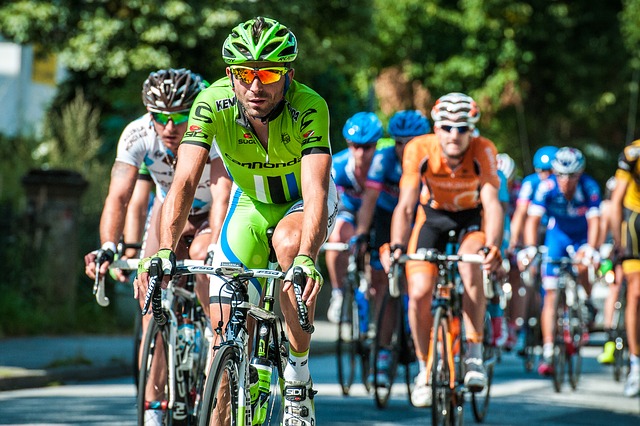Knee injury is the most common complaint associated with cycling. Injuries that result from cycling accidents range from minor skin loss to much more severe, such as a fractured pelvis. While some of these are unavoidable, especially in competitive sports, overuse injuries can be prevented.
Overuse knee injuries are usually caused by increasing the intensity or duration of an activity too quickly. This may result in tendonitis, knee bursitis, iliotibial band syndrome, and muscle strains.’No pain, no gain’ only holds true within certain limits. Drastically increasing anything to do with your riding habits – distance, speed, intensity, tough terrain or tough gears – without gradually getting used it exceeds the body’s capacity for normal function and repair.
Cycling-Specific Causes of Knee Injury
- Greatly increasing distance and duration of rides
- Sudden increase in training intensity
- Riding more hills than usual
- Using high gears and low cadence
How Muscles Affect Knee Injury
Usually, knee pain is felt at the front of the knee (patella). The knee joint is an incredibly complex structure that is pushed and pulled in all directions by a number of muscles, ligaments and tendons. The muscles that control your hip position, lumbar curve, knee position and foot position, all effect the position of your knee and whether it is being pulled one way or another.
Muscle strains are a less obvious cause of knee injury. Strained muscles cause you to over-compensate resulting in overuse. Tight hamstring and calf muscles put pressure on the knee, and weak quadriceps muscles cause the patella to track out of alignment. Often upset lower back muscles lead to changes in posture which also affects your knees.
A professional “bike fit” reduces the risk of developing an overuse knee injury. However going one step further and having a regular assessment of all the muscles associated with your knees is also recommended. A physical assessment looks at how certain muscle weakness’ or imbalances in the body can cause pain. Fixing the imbalance ensures that the muscles that support the knee joint are not under too much tension.
What Can You Do?
Before cycling check Your Position on the bike: if your position is very aggressive with a long stem/top tube and low handlebars, think about raising them to alleviate pressure. Something you may not have thought of is your position off the bike. For example, if you work at a desk, think about your posture. Investing in some back support or using a standing desk some of the day helps maintain good posture. Make sure you’re not twisting and that your chair is comfortable.
Of course stretching regularly is essential. A personal trainer or physiotherapist can help design the best program for you and ensure you are stretching correctly.
Most importantly maintain core strength: if your core muscles are not strong enough, your lower back will collapse on the bike, causing undue strain. Having a stronger base makes you a more powerful cyclist.

